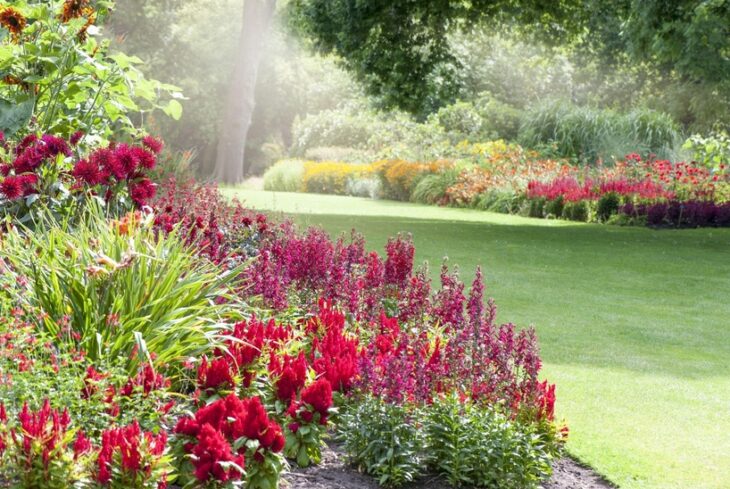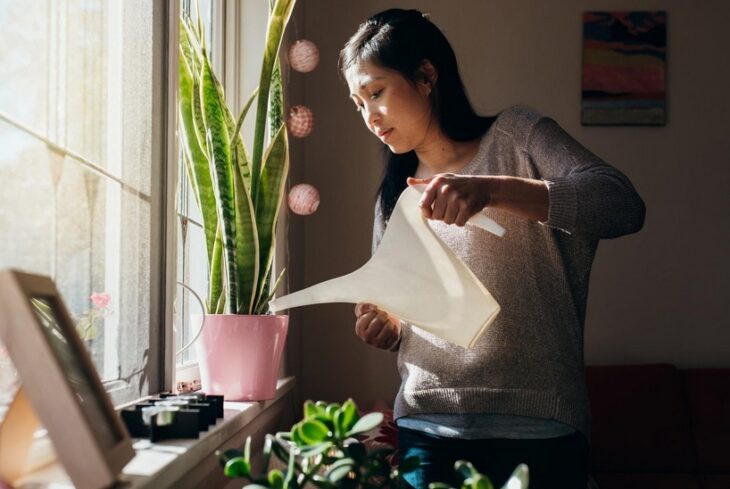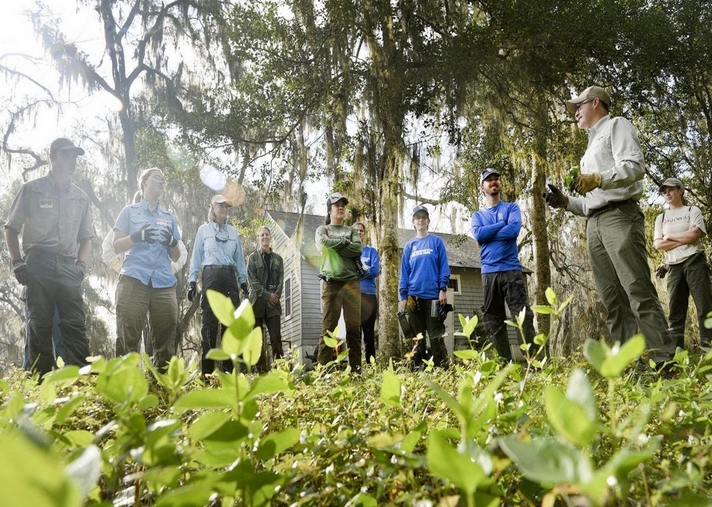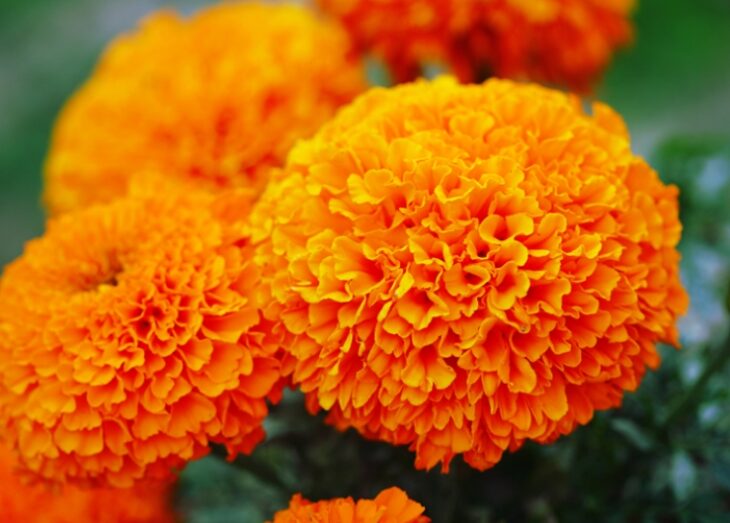The best garden is one that integrates beauty and utility. If you’re looking to make your yard more beautiful but also want it to be a functional space, then this blog post is for you! On the other hand, if you are looking to spruce up your yard or garden, it can be overwhelming to decide which plants will work best for the space. It is because there are so many factors that need to be considered to create a well-rounded landscape. The area you want to plant, water requirements, sun exposure and soil type all play an essential role in what plants should grow there. Here are some tips on how to choose the right ones for your garden!
1. What to look for in the plant? The first thing to consider is the size! If you’re planting a small container garden, for instance, look for plants that are specifically labelled as “small” or “dwarf.” This way, you save space in not only your yard but also money on your purchase. Another way to style your containers is by placing things like stones or wood pieces in the container to give it a more exciting look while also creating shade areas for your plants. To buy houseplants online, you can check plantly.io.

2. What are The best plants for your garden? Consider the size of your garden, the available space, the type of yard you want, and the maintenance required. Deciding which plants are best for your garden involves some research, but it becomes a simple matter to choose if you know what you want and the amount of maintenance involved. Some popular options include trees, flowering perennials, annuals and vegetables. Trees are a great choice if you want your garden to be filled with shade. Many trees used for landscaping in yards have been bred for this purpose.
3. How to care for your new plant? Make sure that it gets enough sun exposure. You don’t want a brightly lit part of your garden, nor do you want to shade the plant entirely from sunlight. If the weather is hot and it’s summertime, give them some shade and water them regularly. Dig a hole at the planting site that is big enough and Make sure that the soil surrounding the planting hole has been loosened up. Cover with soil, water gently.

1. Decide on a theme for your garden: is it formal, naturalistic, or somewhere in between? If you want to create a very formal garden, think of all the elements that would go into it and choose plants that will add colour and texture. You can’t have a garden without flowers so if flowers are your thing, make sure there are plenty of them around! Everyone loves having a place to relax, look at pretty flowers and get away from the busy world.
If you want more of a naturalistic garden, think about how it might have been created if Mother Nature was the one doing it. Think of what features would be in an area that gets frequent rainfall or is surrounded by trees or whatever else makes sense for your region. Well-planned gardens can look natural, as well, only avoid restricting plants and vines and only direct the growing.
2. Go local/native with your plants: Choose plants that are native to the area where you live to reduce maintenance and care. When deciding on plants for your landscape, make sure to choose species that are native to your region. Native plants are better suited to your soil conditions, so there is little chance of them becoming diseased or dying off prematurely.

Also, they are already acclimated to your weather patterns, so you won’t have to worry about your plants being destroyed during times of extreme heat and cold. Finally, choosing native species will give you a boost in the resiliency department since they can withstand a variety of conditions easily and quickly bounce back when conditions change. If you’re not sure what type of plant you’re dealing with – good news! They’re all easy to find online. Visit gardenandgrass.com for information available for all plants and garden grass.
3. Maintenance and regulation: Consider how much time you want to spend maintaining your garden and yard. If you have a lot of time on your hands, you can spend a little more money to beautify and spruce up your garden. But if you’re busy with work or other activities, it’s okay to keep it simple. You can still make your garden look great while keeping things easy and inexpensive. Some plants are more complex than others and will require a lot of work throughout the seasons. If you know you’re going to be busy, avoid these plants. Instead, look for ones that don’t need as much water or fertilizing to survive.
4. Plant seasonal plants: Plan for seasonal colour by choosing plants with flowers of different colours and textures. Include various flower colours and textures that flower at different times to ensure you’ll always have something blooming.

The colour of the leaves and stems can add beautiful texture to your garden as well. Choose plants with thick, waxy foliage in various colours if you want something to last through the growing season.
If you want something that will look lush and full, choose plants that have lacy or fern-like foliage. Plants with flower stalks might be excellent additions to your garden too, but don’t forget to include plants that won’t be visible in the winter season.
5. Think about what kind of soil pH your garden has: Some plants need acidic soil while others prefer alkaline soil. You might have to take soil samples and test the pH before you can plant specific types of plants in your garden. The soil type must match the requirement of the plant and support the plant to grow lush and healthy. Avoid using chemical soil conditioners and fertilizers. Instead, you can use biodegradable fertilizers or opt for organic products.
Conclusion: Choose the plants for your yard according to the space available, the environment, season and temperature, and the soil type in your surroundings. Make sure you choose your plants that survive the weather and can blossom and bloom with proper care. Please take into account the maintenance required once planted along with its life cycle.
